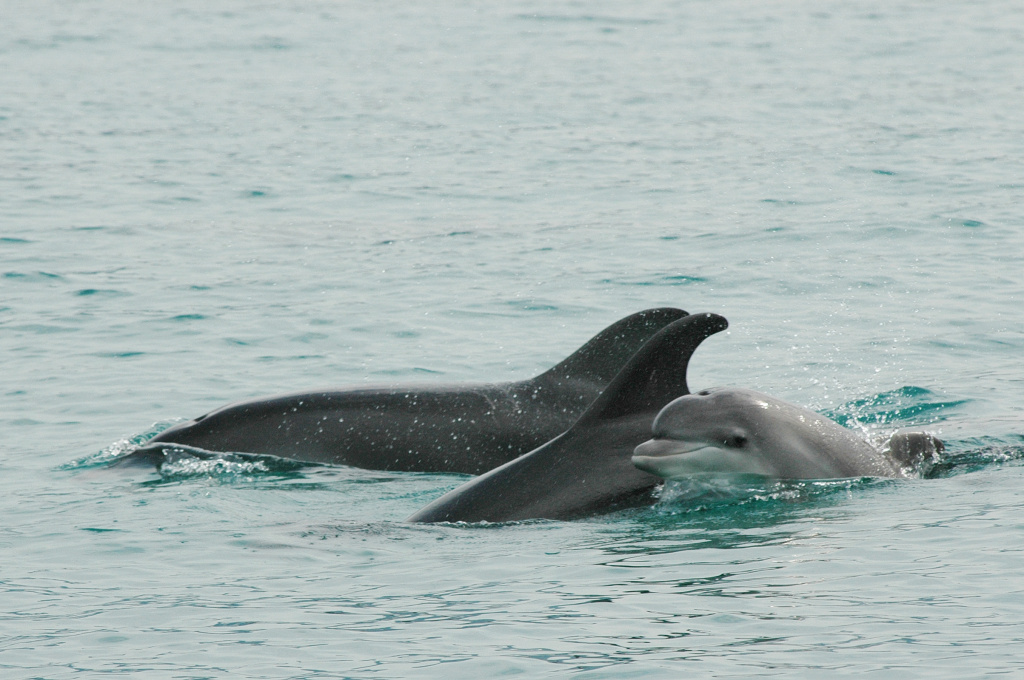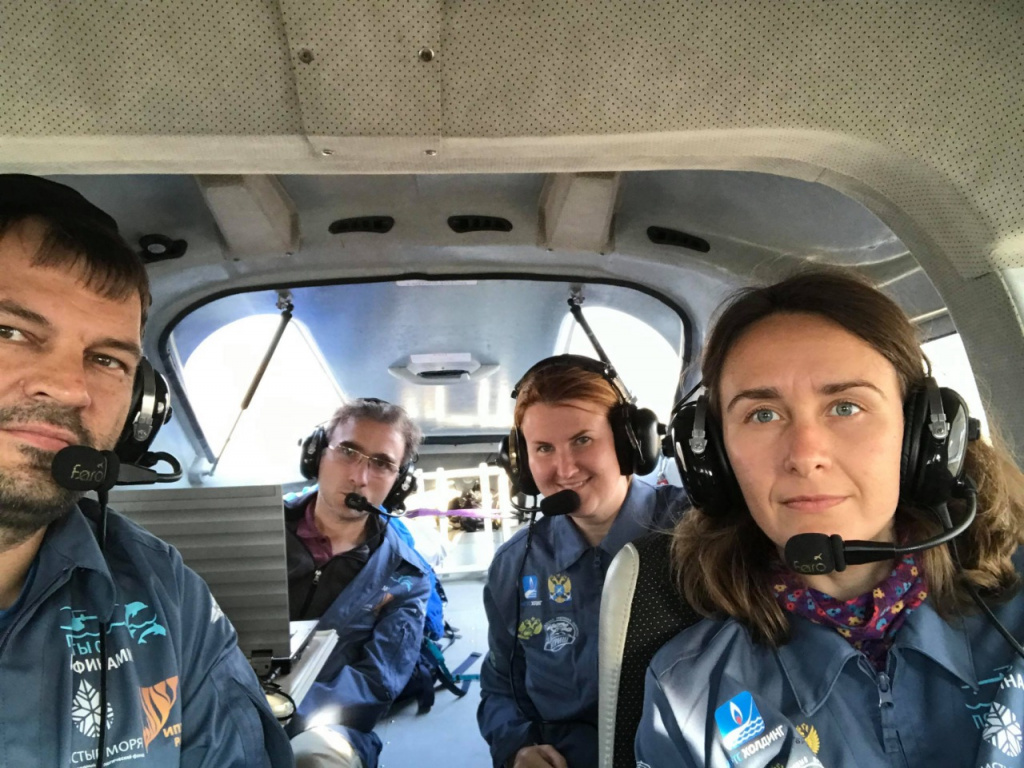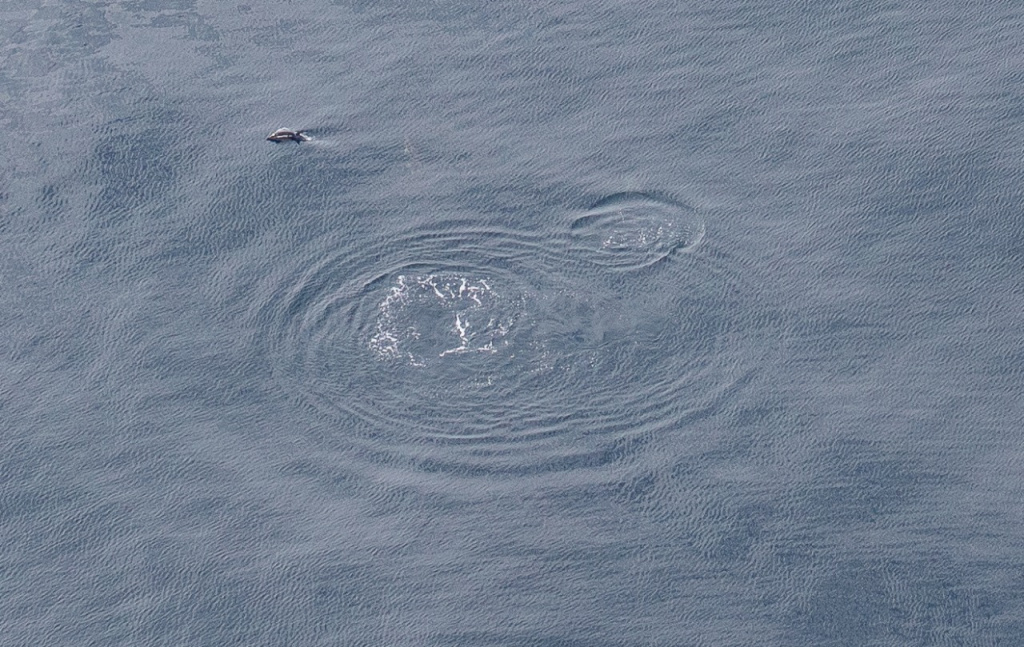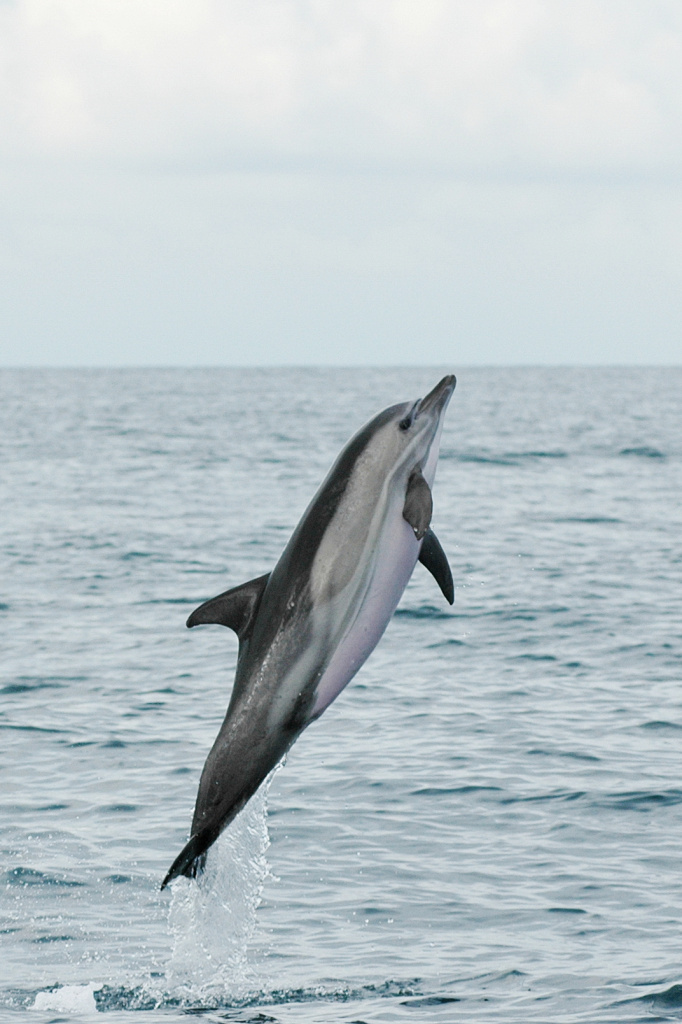
Full-scale research aerial surveys of cetaceans “Flights with dolphins” were carried out in most of the Black Sea off the Russian coast of the Caucasus (from the Kerch Strait to Adler) over the sea with a distance of up to 200 km from shore.
Aerial surveys were carried out on board the domestic La-8 amphibious aircraft. The project operator was the Clean Seas Foundation. The scientific part was carried out by a team of leading specialists in mammals of the A.N. Severtsov Institute of Ecology and Evolution RAS (IPE RAS) - a permanent partner of the Ministry of Natural Resources of Russia in conducting research on marine mammals.

Over 6 days of flight, an area of more than 48 thousand km² was examined, the total length of the route was 3195.8 km. During the research, scientists managed to locate all three species of marine mammals living in the Black Sea. Bottlenose dolphins were most often recorded: for 124 encounters, more than 402 individuals. In second place are the white casks: for 92 meetings, about 560 individuals. The most common porpoise (Azovka) - 16 individuals. At the same time, according to scientists, there is no threat of population decline, since the flights took place much further from the coastline than the usual feeding ground for this species.
During the expedition in the Black Sea, the scientists found a lot of garbage: both separately floating objects (ropes, buoys, plastic, pieces of fishing nets), and accumulations of garbage. The most significant concentrations of waste were found in the region of the eastern central whirlpool and at a distance of approximately 50-60 km from the coast.
“The general picture of the state of the Black Sea cetacean population will be obtained only after the data obtained by Russian scientists are combined with data from studies of other countries of the Black Sea coast. As such, the work continues, and we really hope that scientific “Dolphin flights” will become an annual tradition”, commented Vasily Bogoslovsky, Director General of the Clean Seas Foundation.

Thanks to the implementation of an international project by two European organizations ACCOBAMC and EMBLAS plus throughout the coastal waters of the Black Sea countries, for the first time Russia was able to join this program to study and evaluate the current state of endemic (living only in the Black Sea) mammalian populations. The results will bring scientists one step closer to the global goal of the project - to preserve the habitat and life of the vulnerable and Red Book marine life.
Photo: Clean Seas Foundation, Olga Shpak

